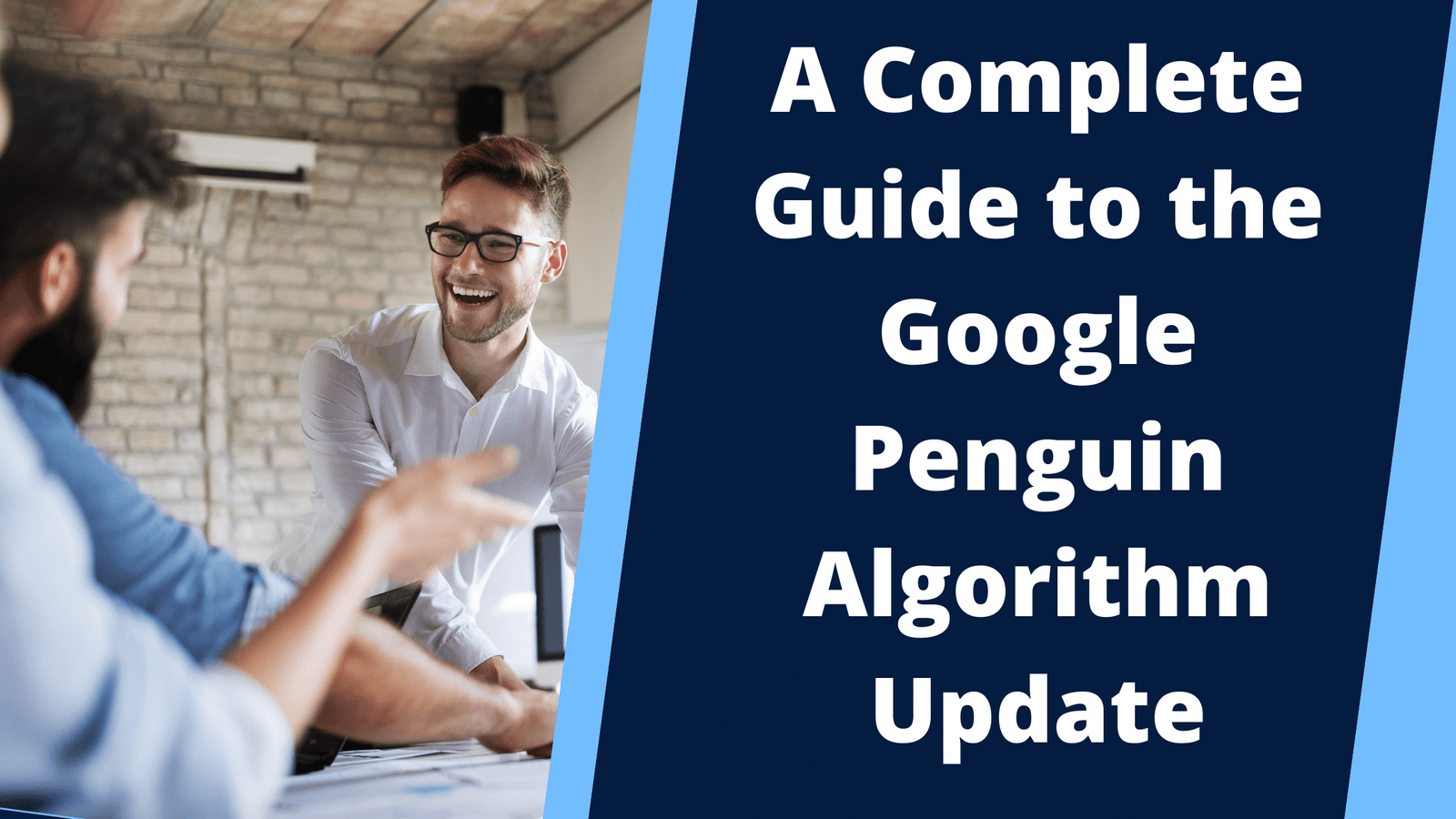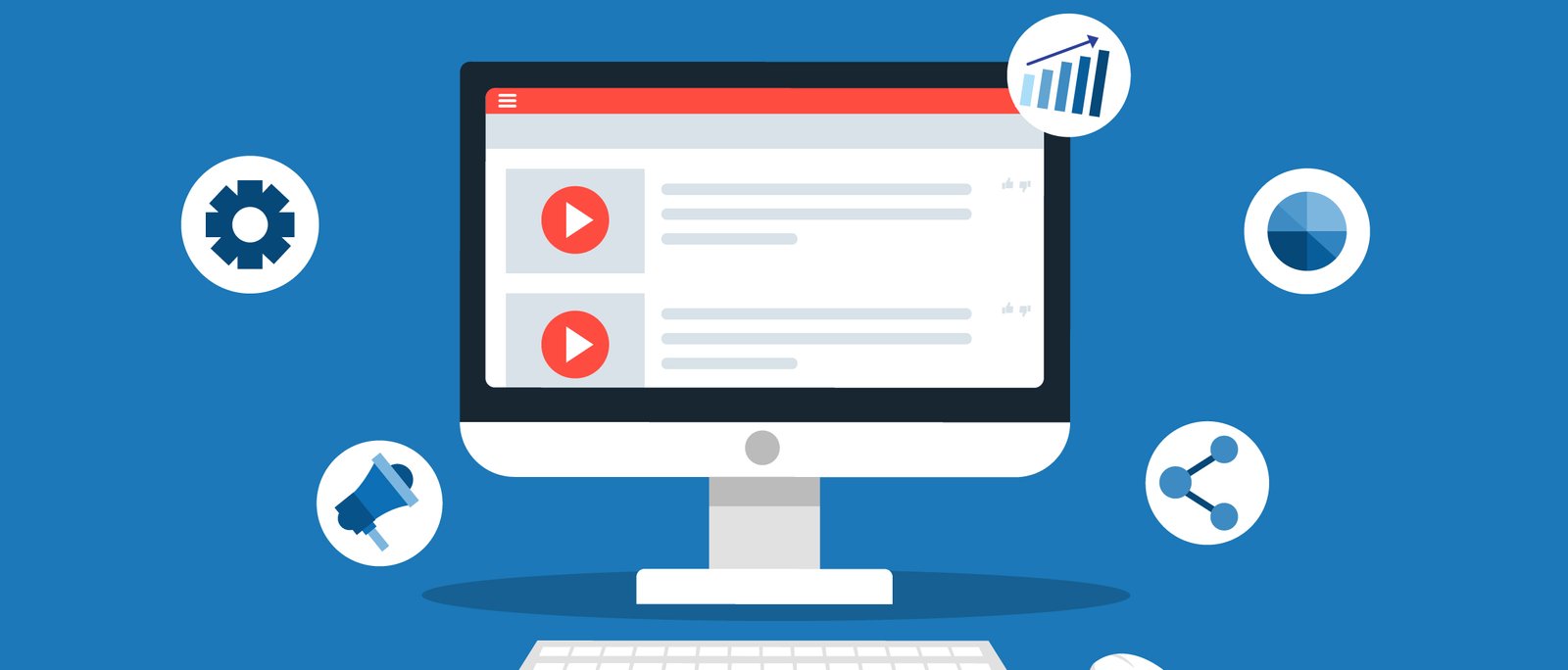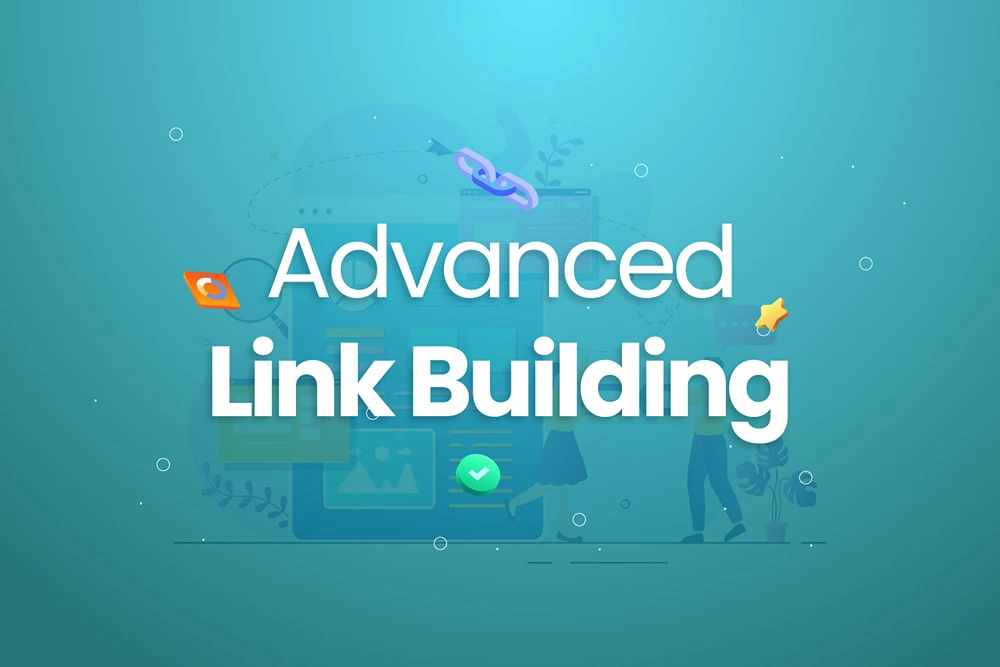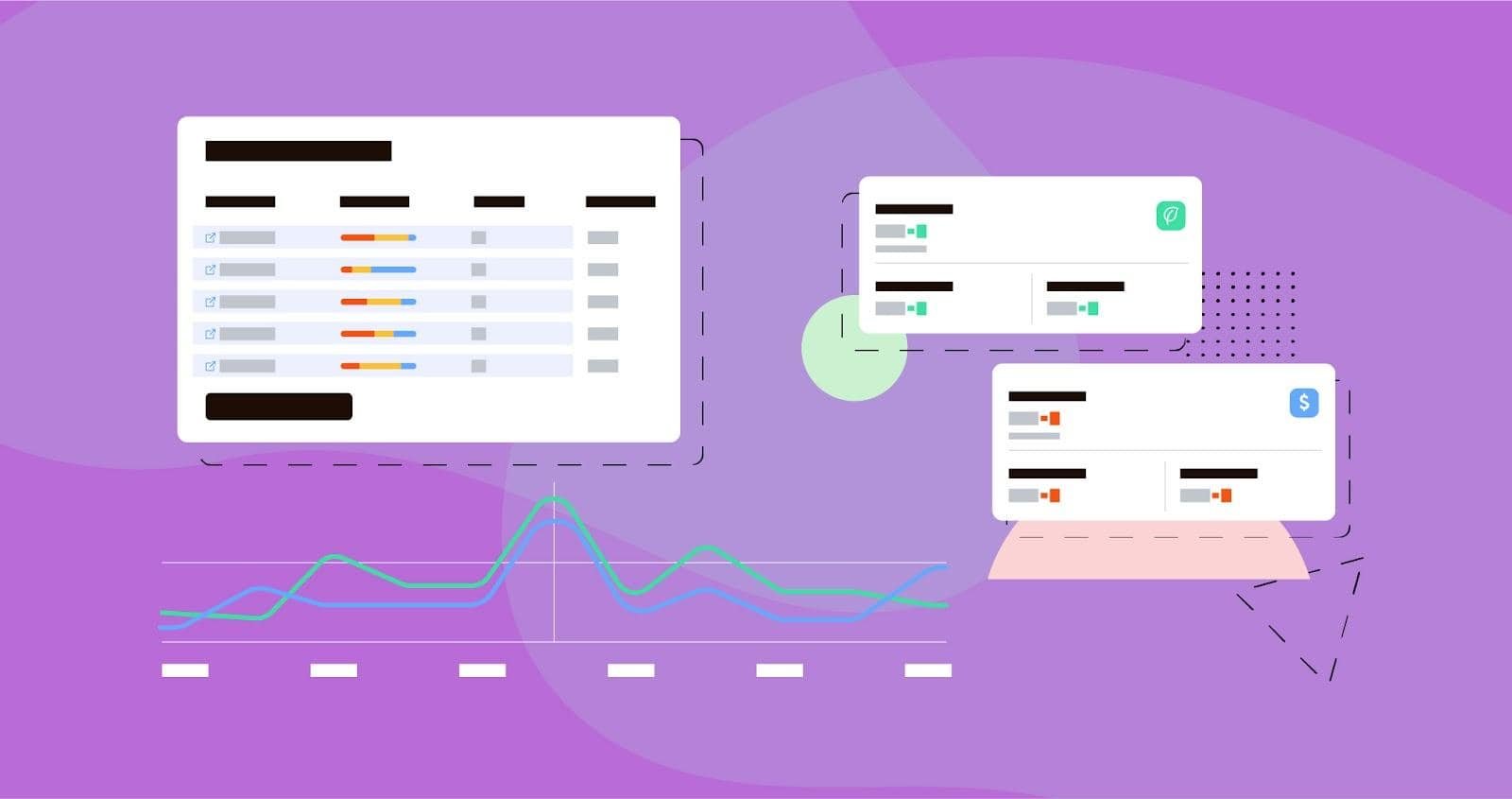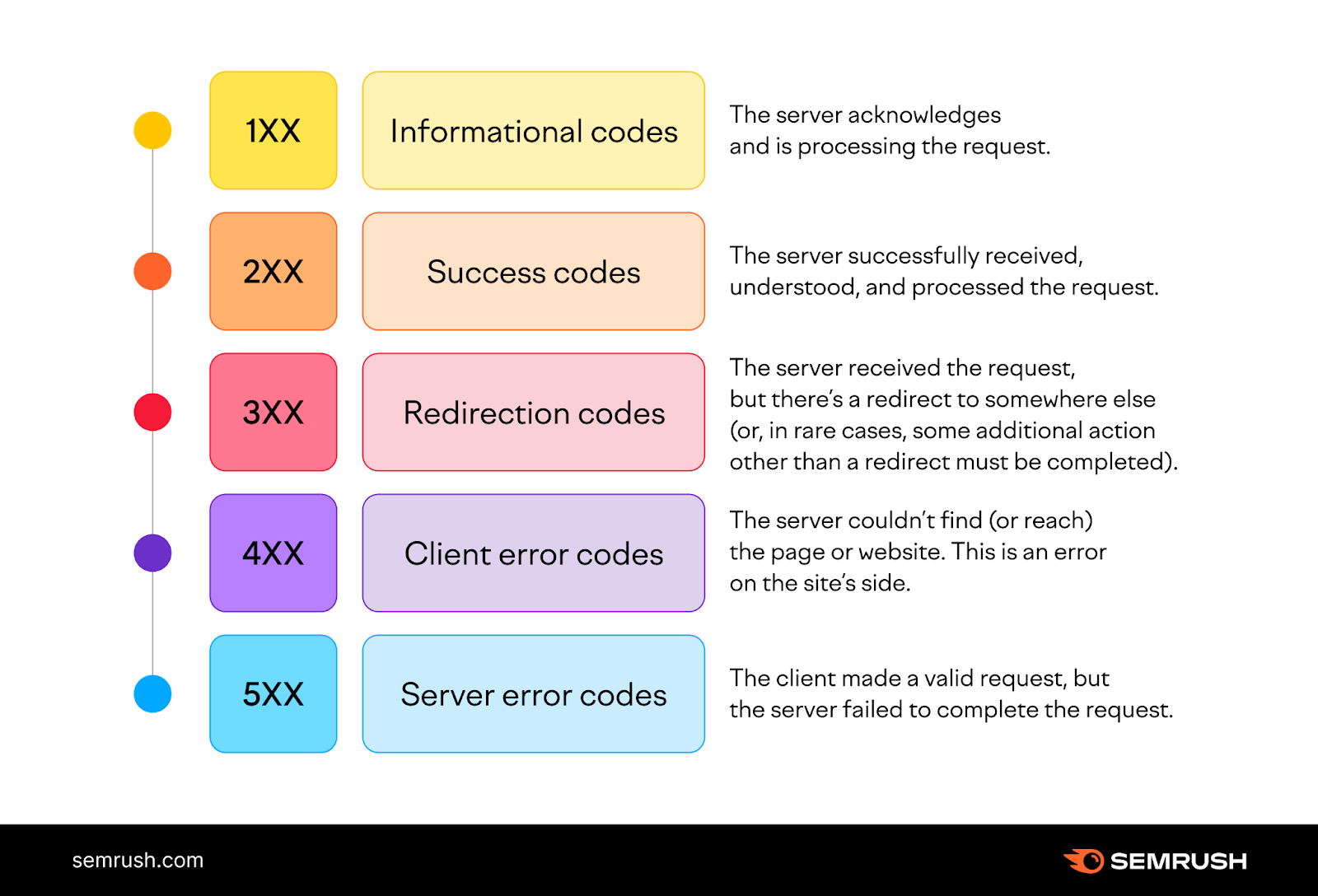When Google changes its algorithms, it does so to establish new guidelines for websites and SEO tactics. There is often a flurry of activity among SEOs when a new update is made public.
Google’s recent algorithm tweak looks to have a mixed effect on those that rely on manipulative techniques to rise to the top of the search results. When one of these updates was issued, it had a tremendous impact on several websites. “Penguin” was initially introduced as a “webspam” algorithm but later changed its name.
What’s new in Google’s algorithm after the Penguin update?
According to Google’s announcement, Google Penguin update was released in 2012 with the goal of rewarding high-quality websites while penalizing those engaged in questionable link-building practices such as keyword stuffing.
3.1 percent of English language searches were affected by this upgrade when it was first introduced. In the end, i.e., today, this new algorithm has a special place in Google’s core algorithm team, even if it has undergone multiple changes.
Google Penguin Algorithm was created for what purpose, and its purpose?
Google launched a campaign against low-quality content and websites with its Panda algorithm. Although it is increasingly influential, spam continues to be a problem.
Thus, Google came up with the idea of introducing a new and updated Panda algorithm extension. This was the Penguin upgrade to Google’s search algorithm.
The algorithm’s primary goal was to limit the quantity of black-hat SEO approaches as feasible when it comes down to it. Google Penguin update rewards legitimate, authoritative, and relevant websites with high rankings while penalizing those with manipulative or spammy backlink profiles.
The incoming links to a site are what Penguin is most concerned with. It is unconcerned about links that leave the computer.
When was Google Penguin’s most recent algorithmic change?
Google Penguin update first appeared in April of that year. Experts dubbed it Penguin 1.0. When Penguin 2.0 was updated again a year later, in May of 2013, it included a few additional changes.
Google manually deployed the Penguin 3.0 update in October 2014.
When Google’s Penguin algorithm underwent its fourth upgrade in 2016, it had the opportunity to become a permanent part of the company’s core algorithm. Since that time, Penguin has been automatically updating without any user intervention.
A variety of factors trigger Penguin algorithm updates
Link schemes and keyword stuffing are the focus of Google Penguin update.
Backlinks deemed to be of low quality or unrelated generate a false impression of popularity, leading Google to treat them favourably. Many businesses utilise deceptive ways to bolster their goodwill in spam comments, such as claiming to be the most acceptable company in a given field.
Such statements are irrelevant to the website’s content, but they boost the site’s visibility in Google search results.
To manipulate search engine rankings, more keywords are inserted into websites. These pages include terms in an unnecessarily crowded way to rank higher for specific keyword searches.
Because of the Penguin Update, the following are possible effects on websites:
- Low-quality links to your website
- Anchor text optimization is more important than the rest.
- The standard of the external links
- The quality of a link
- Providing a copy of a sub-content domain’s
- The link pyramids
- spam and virus warnings on a website
- Using too many keywords in a post
- Querying Google with an automated system
- Disguised hyperlinks and subtext
- Affiliate websites with scant material that is of no use to anyone
- Using unethical tactics
- SEO is preferred for over-optimizationxf
After a Google Penguin Update, Here’s How You Can Recover!
To lower website traffic, you must first identify the algorithm that has affected your site.
A decline in traffic after April 2012 and before 24 April 2012 should be checked using an analytic statistic.
To determine whether your website has been affected by Google Penguin, look at the date of the decline in traffic.
Following the Google Penguin update, you may be wondering how to get your website back up and running.
Improve the Distribution of Anchor Text
Micro-niche websites need to improve their anchor text distribution to recover from the Google Penguin.
To gain high-quality backlinks, web admins must include relevant keywords in the anchor text of their connections.
It would help if you also focused on increasing the number and variety of links.
Web admins must use various anchor texts to capture links for their websites.
Link Quality
After the Google Penguin update, websites that use internet services to obtain thousands of backlinks for minor amounts may be punished.
Spammy links will likely be removed from websites with many quality links.
Link variation is another basis for a penalty.
Search engine algorithms are more likely to punish links from unrelated niches and spam sites.
As a result, you must devise a new link-building strategy that reduces the number of low-quality connections from your site and increases the number of high-quality links through quality content, interviews, and guest posts.
Use the Google Webmaster Tools
Google Webmaster Tool is a Google-certified tool that lets you perform a more detailed analysis of your website’s SEO.
Google now provides email notifications to Google Webmaster Tool users if any faults or changes are discovered in the website’s web traffic.
As soon as your website acquires multiple irrelevant spam links, it suffers from negative SEO, and you will be alerted to this. That’s the reason why you need professional seo services.
Keep Your Non-Production Links to a Minimum
Both blogs that allow guest posting and link builders should keep this in mind.
Keep Keyword Density at a Reasonable Level
It’s best to use LSI terms instead of loading your content full of keywords.
You must ensure that your keywords are high quality and practical density with some LSI terms.
For best results, WordPress users must utilize the SEO Presser Plugin.
Search results can be improved by using some of the built-in WordPress plugins that appear at the bottom of each post.
Using the concealed content for keyword stuffing will be penalized by the Google Penguin update for bloggers that do this.
In other words, if your material is full of keywords, you’ll need to make some revisions.
Do Not Use Subpar Content
Inefficient one-page optimized content is a surefire way to get your site penalized by Google Penguin.
You must provide only high-quality, helpful, and educational material from a search engine optimization standpoint.
The use of SEO automation is a big no-no in this
If you don’t want to become a victim of Google Penguin, you should steer clear of automated approaches for improving your website’s search engine rankings.
Conclusion
To stop spam backlinks or Google’s incorrect interpretations of keyword stuffing, Penguin was designed. High-quality content and fundamental link-building strategies are your best defence against having your website devalued by Google.

